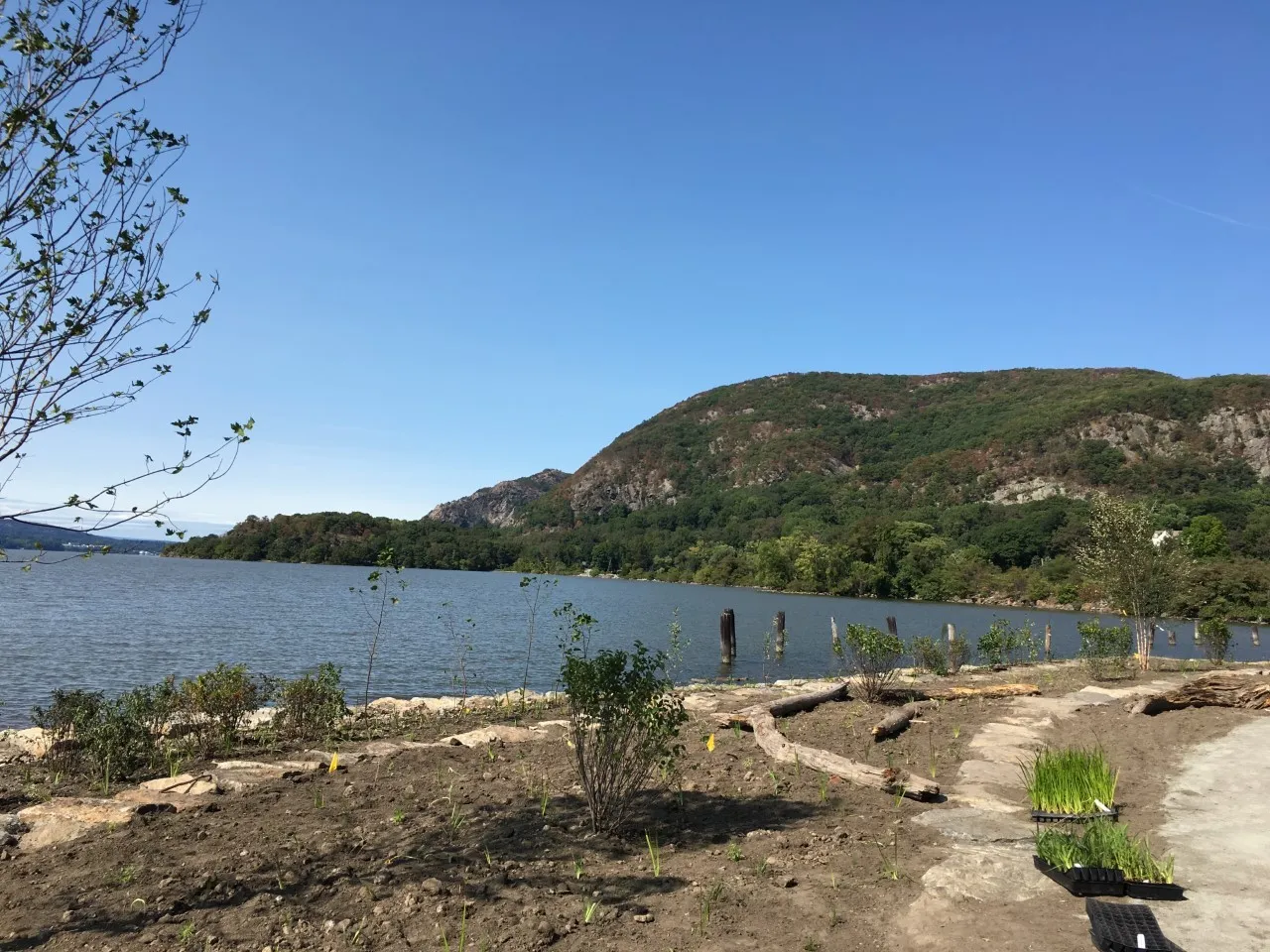Transforming New York’s Hudson Riverbanks
The Takeaway: A project led by the Hudson River National Estuarine Research Reserve is transforming New York’s riverbanks cost-effectively with nature-based strategies.

New York’s Hudson River is undergoing a remarkable transformation, moving from its industrialized past to a more natural and resilient look. The Hudson River Sustainable Shorelines Project, launched by the Hudson River National Estuarine Research Reserve, is leading the charge. The project brings together regulators, engineers, scientists, and communities to create stable shorelines that combat erosion and provide further benefits, such as additional wildlife habitat. Test sites from New York City to Albany demonstrate the effectiveness of nature-based approaches, resulting in the restoration of three miles of Hudson River shoreline using sustainable techniques. The impact of this effort extends beyond the Hudson, influencing communities and regulators across the Northeast and the Great Lakes.
City of Yonkers, Habirshaw Park
Among several of these impressive case studies, Yonkers stands out. Yonkers is successfully transitioning from its industrial past to mixed-use developments, evident in the revitalization of Habirshaw Park on the Hudson. Formerly a Habirshaw Cable and Wire facility, the site later served recreational purposes but fell into disrepair. Contaminated soils posed environmental challenges. The park was reconstructed, addressing erosion and incorporating features like varied slopes and a sinuous soft shoreline. This engineered shoreline now supports improved habitat, a boat launch, and recreational activities—an impressive transformation from the previous lack of infrastructure.
Village of West Haverstraw
Nature-based shorelines, beyond their environmental advantages, prove to be easier and more cost-effective to manage than traditional infrastructure. Haverstraw Bay Park, located in the Village of West Haverstraw, serves as a testament to this. Once a heavily industrialized brickyard from the 1770s to the 1920s before becoming a park, the shoreline was damaged by Hurricane Sandy in 2012 and underwent a cost-effective and nature-oriented redesign. The new plan, featuring a buffer of native vegetation between the park lawn and the cobble beach, enhances shoreline habitat and ensures waterfront access for the public. This sustainable redesign not only saved maintenance costs but also reflects a transition towards a more natural habitat.
Hudson River Sustainable Shorelines Project
The current focus of this project includes the following:
- Shoreline Assessment: The Hudson River Research Reserve is monitoring the ecological and physical performance of sustainable shoreline projects, which informs the best practices approach used for other projects.
- Priority Shoreline Inventory: Using GIS, the project identifies suitable locations for sustainable shorelines. Field data assesses the need for replacing or maintaining hard structures, integrating practices for habitat enhancement and resilience. Access the inventory data.
The Sustainable Shorelines Project addresses climate change challenges by focusing on shoreline adaptation as opposed to using the shoreline as a flood barrier. Standing as a model for positive change, the project emphasizes the potential for environmental stewardship. With ongoing initiatives and demonstrated success, the project continues to transform New York’s Hudson River into a resilient and vibrant natural environment. View more case studies of the incredible work that’s being done. (2024)
Partners: Hudson River National Estuarine Research Reserve, National Estuarine Reserve System’s Science Collaborative, New York State Department of State Coastal Management Program, New York State Office of Parks, Recreation, and Historic Preservation, New York State Department of Environmental Conservation’s Office of Climate Change, New York State Department of Environmental Conservation, Palisades Interstate Park Commission, Village of Cold Spring, Village of Athens, Village of Coxsackie, Rockland County, Stevens Institute of Technology, Cary Institute of Ecosystem Studies, Pace University Land Use Law Center, Cornell University, Beczak Environmental Center of Sarah Lawrence College, Scenic Hudson, New York Sea Grant, The Nature Conservancy
PRINT